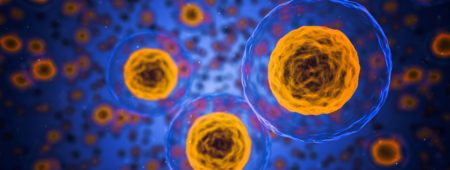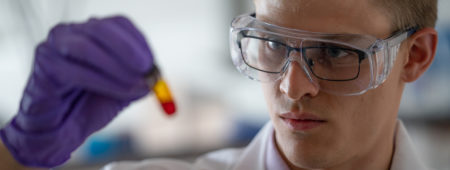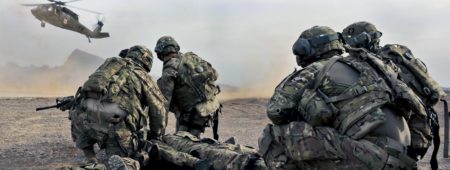
Bone Regeneration for Combat Injuries
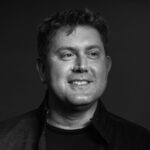
Luis Alvarez’s scientific dreams crystallized the day his Humvee was hit by a roadside bomb in Iraq. It was 2004, and then-Captain Alvarez had been serving in Iraq for six months.
“Our gunner was injured badly,” he said. “His arm was hanging on by a thread. Since MEDEVAC was not available, we rode with him in an Iraqi ambulance, which itself might not have been safe. He made it to the Green Zone hospital and survived.”
Alvarez knew that doctors too often saved soldiers’ injured limbs only to amputate them months later when the bones and other tissues failed to regenerate. According to the World Health Organization, musculoskeletal injuries account for 16 percent of the global burden of disease.
Alvarez’s company, Theradaptive, is moving closer to solving this problem. In the next 18 months, his company will start clinical trials on a bone regeneration therapeutic called AMP2, which could be used to treat combat injuries and low back pain, among other injuries.
Until recently, bone void fillers were placed into a bone fracture, but there was nothing to encourage stem cells to attach and grow inside the filler to strengthen the bone.
Alvarez believes it’s possible to guide the body to make certain kinds of cells—bone, cartilage, and skin by presenting appropriate protein signals. “The challenge was in making the proteins stay in a specific place for a specific period of time," he said, a “holy grail problem” in biological engineering.
Alvarez modified several proteins so they were sticky enough to be painted onto the surface of medical implants. Using this approach, he increased the growth of bone marrow stem cells in porous orthopedic implants.
“We have been able to completely correct a five-centimeter bone defect in large animal models,” he said.
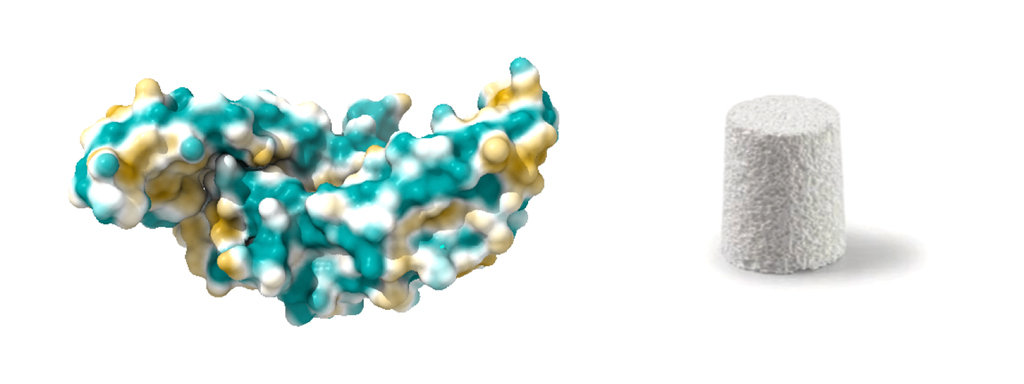
AMP2 can also be injected in putty form, with potential applications for lower back pain. This contribution would be substantial: The prevalence of lower back pain was 25.7 percent for all workers and 27.7 percent for older workers, according to the Centers for Disease Control and Prevention.
The promise of the technology is wide ranging because it can be applied to any protein. This opens the door to regenerative therapies in soft tissue repair, cartilage repair, and local delivery of protein therapeutics in sensitive locations like the brain.
Enabled by the Hertz Fellowship
To prepare for this kind of groundbreaking science, Alvarez needed to invest in his academic career. He’d already graduated in 1997 with a BS in chemistry from the United States Military Academy at West Point. With the Army’s support, he applied for and received the Hertz Fellowship.
“The Hertz Fellowship has been truly transformational,” he said. “Without it, my work would’ve taken much longer. It’s been the most enabling force in my early professional life. It is vital to support the foundation so it can enable the next generation of innovators.”
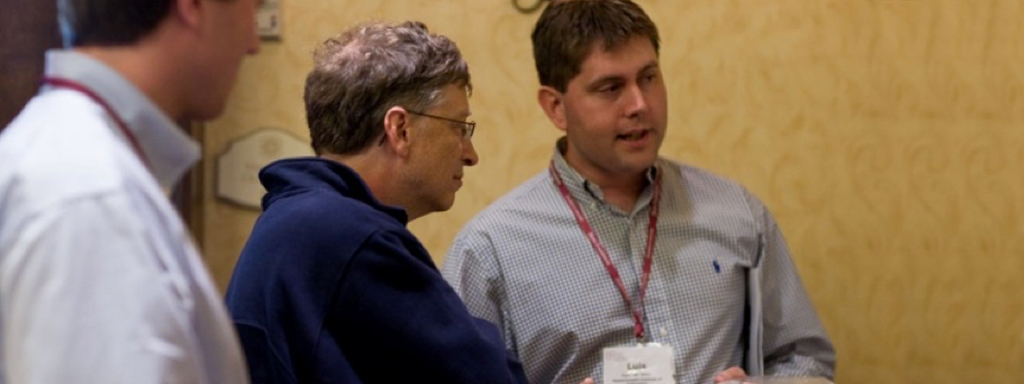
Alvarez earned his master’s degree in chemical engineering at the Massachusetts Institute of Technology (MIT). In exchange for two years at MIT, he served in armor and infantry units for five years. He was responsible for 80 to 100 troops in various assignments in South Korea; Fort Hood, Texas; and Iraq. Less than a year after his epiphany in Iraq, he applied to MIT to begin his doctoral studies in biological engineering.
At MIT, he worked with Linda Griffith, professor of teaching innovation, biological engineering, and mechanical engineering, who had been a post-doc with renowned MIT Professor Robert Langer, assisting in her research on tissue engineering. She, in turn, supported his quest to engineer proteins that would adhere to man-made materials and guide tissue growth.
By Jeannine Mjoseth
